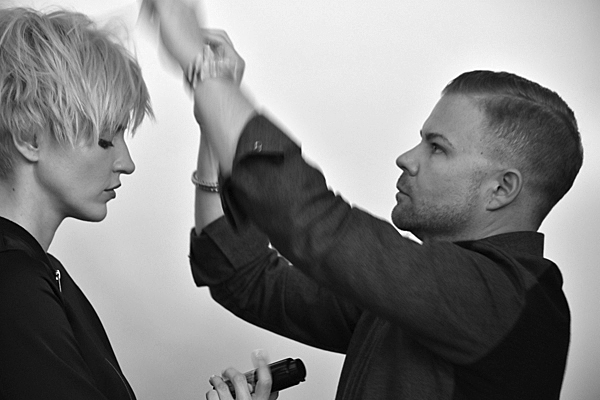10 Tips For Textured Hair
Texture was the word on everybody’s lips at The Salon by InStyle inside JCPenney’s HUGE Fall/Winter Trend Book photo shoot in NYC! Is this the shoot with the legendary Trend wall? Yup, that’s the one! From celebrating natural texture to creating new texture across the spectrum, top Salon by InStyle educators and stylists crimped, diffused and spiraled hair that’ll give you and your clients hair inspiration for days!
Senior Creative Director Nick Stenson says when designing the 109 look for the 42 models (whoa!), they know you have clients in your chair that have different needs for their hair—short, medium, textured, fine and coarse—and the inspiration comes from a variety of places like Paris Fashion Week, New York Fashion Week, London photo shoots, textiles and architecture. So, no matter who comes into your salon, you can give them what they want!
Interested in building a career with The Salon by InStyle at JCPenney? Click here!
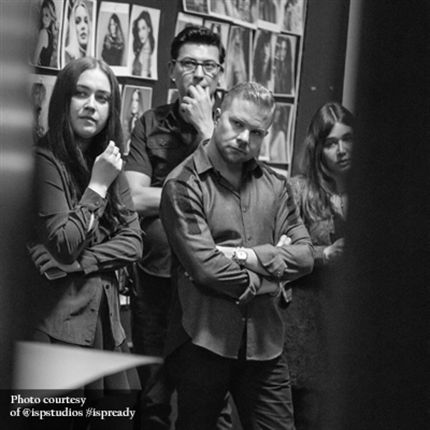
“One word that I say that we use is energy. Energy with movement—lots of movement, whether short, medium or long; hair has to tell a story.” — Nick Stenson
1. Take Cues From The Runway
When you see a super-cool, frizzed-out crimpy style, think about how it would translate into wearability for the client, Nick says. For example, he asks us to consider how crimping the hair at the base before curling would be perfect for a fine-haired client.
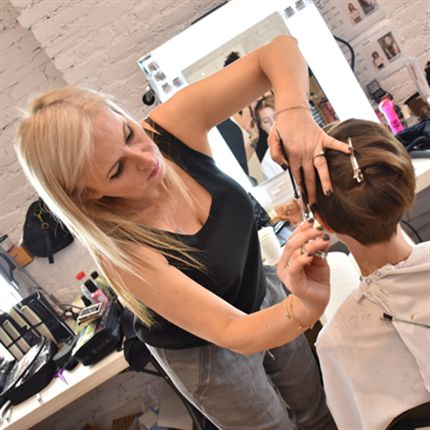
“Texture, for me, is creating the uninhibited and making an impact that way, versus creating the expected,” Dilek says.
2. Cut On Dry Hair
Artistic Regional Leader Dilek Onur-Taylor uses different types of razors and texturizing shears on dry hair, which creates a variety of texture and movement throughout the crown which is perfect for fine but dense hair.
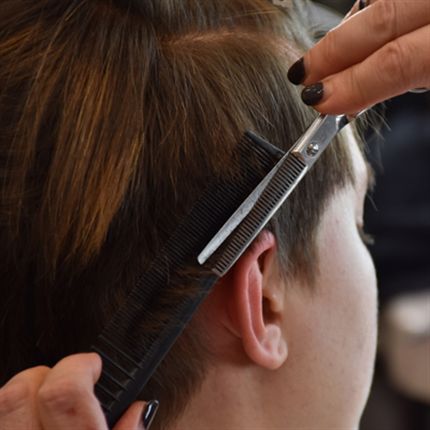
Use a variety of cutting tools to create texture and movement within a haircut.
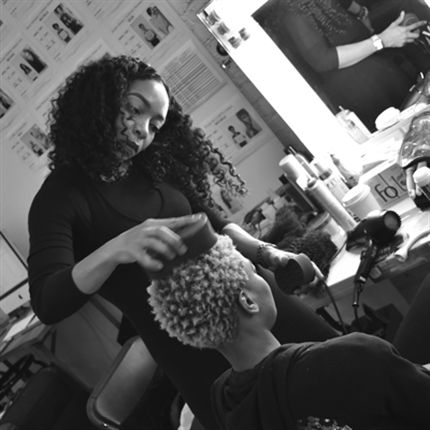 “There is definitely a surge in texture and people embracing their texture, really wearing it and having fun with it by altering it, expanding it and shrinking it,” Michelle tells BTC.
“There is definitely a surge in texture and people embracing their texture, really wearing it and having fun with it by altering it, expanding it and shrinking it,” Michelle tells BTC.
3. Create New Texture Within Your Client’s Own Texture
Using a gentle clockwise sponging technique with the NuDred sponge and Mizani Curl Define Pudding, Michelle O’Connor, Artistic Regional Leader, explains the hair runs around the small holes of the sponge and coils itself—creating a different texture within the hair’s own texture.
4. Use Different Tools To Create Texture
When experimenting with texture, break the rules! Wrap hair around pins, clips, and use heat to set, Dilek tells us. Or, use a ¼-inch curling iron and wrap large sections around the tiny iron (forget about that base!)
5. “Dusting” The Ends Maintains The Hair
Watch the video for “dusting” tips from L’ANZA Creative Director Ammon Carver that gives versatility for straight hair or curls.
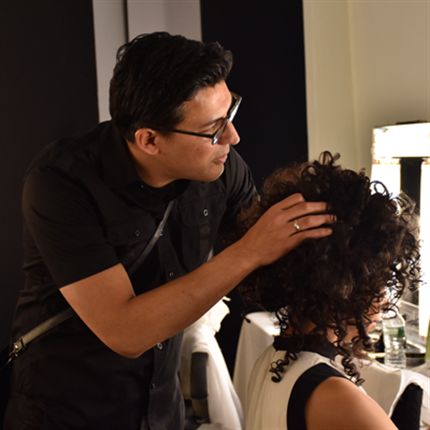 “Learning a proper roller set teaches you the basis for how hair moves around the surface,” Michael explains.
“Learning a proper roller set teaches you the basis for how hair moves around the surface,” Michael explains.
6. Perfect Curls Start When The Hair Is Wet
Old-school curl setting techniques are the basis for getting pretty curls, Matrix Artistic Educator Michael Albor explained when we asked about his *perfect* curls. Michael emphasized that you have to properly set the hair when it is wet, like a beauty school roller set. He twisted the hair in small sections, then diffused. Don’t touch the hair at that point, until it is dry, Michael advised. When hair is dry, break apart the curls, but be careful not to rake through them.
7. Color Enhances Texture!
Think color and texture are two separate things? Think again! Highlighting and lowlighting can create different types of texture throughout the hair by visually creating lightness and darkness. So, if someone has finer hair, you can create a balance by creating depth underneath the light pieces at the hairline, and you can make hair look thicker, Michael said.
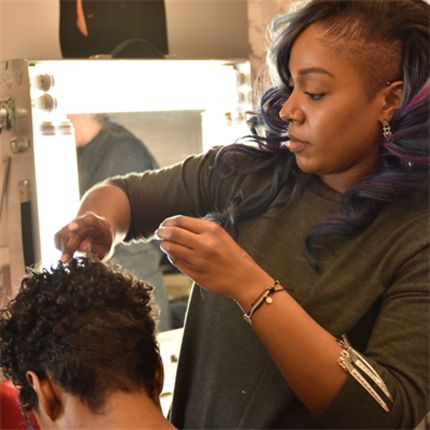
8. The Past Inspires The Future
To try new styles, find inspiration from the past! Artistic Lead Designer Brendnetta Ashley styled curls into a modern asymmetrical shape inspired by Grace Jones. She used a diffuser to set the curls while the model sat straight up, then touched up the texture with a ¼-inch iron.
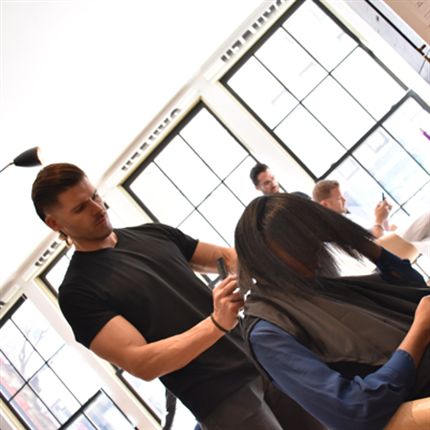
Shaun straightens the model’s hair with a micro-iron and a 1-inch iron.
9. Use Irons of All Sizes!
If you want to go for super-sleek tresses, Ammon recommends blow-drying hair with L’ANZA Smoother Straightening Balm for control and heat protection. While straightening the model’s hair Shaun Brezanin, Artistic Lead Designer, used a micro-iron at the base (feather gently to avoid a steam burn from the iron) and delicate areas around the hairline. Next, he switched to a 1-inch iron. To finish the style, Ammon slightly beveled the ends of the hair to soften the line.
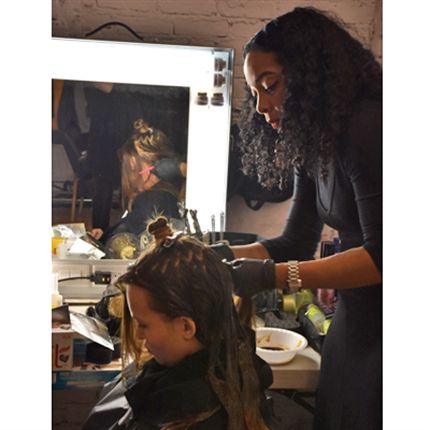 Creative color sections add depth and shallowness within the interior of the hair.
Creative color sections add depth and shallowness within the interior of the hair.
10. Section Hair With How it Moves
See stars! Creative partings emphasize shallowness and depth where the hair falls at different levels, and it creates visual interest with peaks and valleys in the interior, Michelle explained. She said to make sure when color is applied, the brush is tilted in the way that mimics the part line. She used Sebastian Professional’s Cellophanes to give hair a temporary color deposit with crazy shine.
Check out our behind-the-scenes Trend Book photo shoot album on Facebook!
More from
Nick Stenson
-
Celebrity
“Hairstyle: The Talent Show” Is Now Airing—Here’s What To Know
-
News
Nick Stenson Beauty Launches Exclusive Line At Ulta Beauty
-
The BTC Show
Ulta Beauty at #thebtcshow 2021
-
Blonde
Blonding & Styling: 5 Tips & Tricks From The Ulta Beauty Pro Team
-
Business
WATCH: Ulta Beauty’s Conversation on Black Representation
-
Business
Ulta Salons Are Reopening—Here’s What You Need To Know
-
Business
Coronavirus: Nick Stenson On Leading Your Team Through A Crisis
-
Celebrity
WATCH: Interviews With 8 of Your Fave Matrix Artists & Social Stars
-
Manufacturer
Auditions For The Ulta Beauty Design Team Are Open: Here’s What You Need To Know
-
#thebtcshow 2019
#THEBTCSHOW 2019: DAY 3
-
THE BTC SHOW 2019
BTC BALAYAGE & BLONDES CO-LAB AT #THEBTCSHOW 2019
-
#thebtcshow 2019
#THEBTCSHOW 2019: DAY 2
-
THE BTC SHOW 2019
Matrix At #THEBTCSHOW 2019
-
Haircuts
Video How-To: Lived-In Lob Cut + Party-Ready Upstyle
-
#THEBTCSHOW 2018
6 Tips For Longer-Lasting Styles From Insta-Famous Hairstylists
-
#THEBTCSHOW 2018
Co-Lab Styling at #thebtcshow 2018
-
Balayage
THE BTC SHOW 2018: Day 1
-
Collections
Ulta Beauty Pro Team Collection
-
Celebrity
Giuliana Rancic’s Trending Red Carpet Ponytail
-
Celebrity
9 Glam Moments From The 2018 Golden Globe Awards
-
Best of 2017
Everything We Learned About Cutting Bobs In 2017
-
Bobs
WATCH: Cutting Layers + Adding Movement On A Short Bob Cut
-
Color Melt
7 Quickie How-Tos & Tips From Top Industry Experts
-
#thebtcshow Austin 2017
The Matrix Color Melt Jam: 3 Color Formulas





